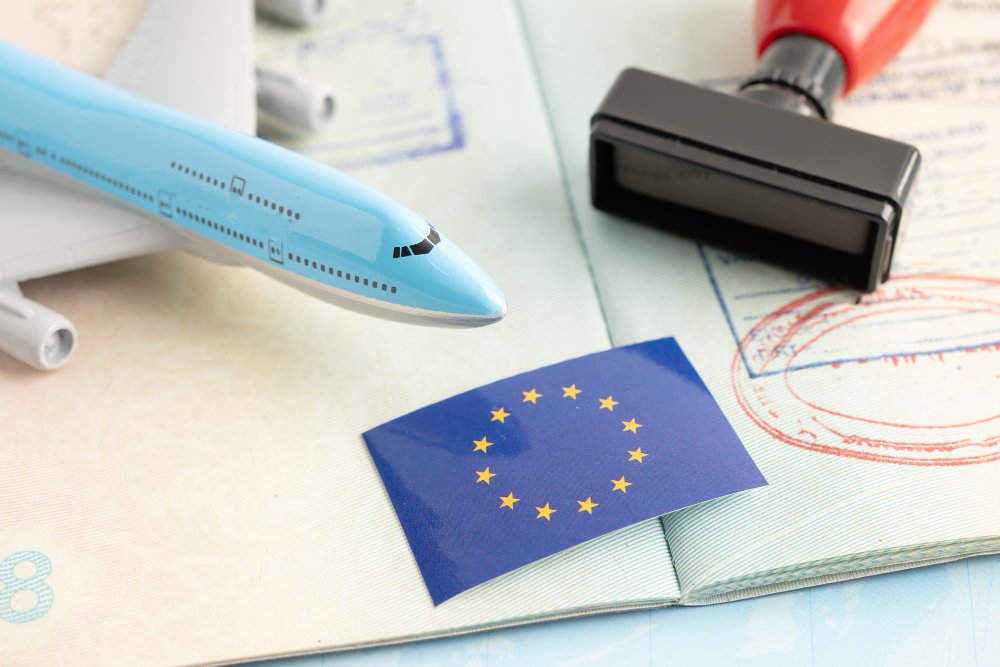Latest Changes to EU Border Entry and Exit Rules
European Parliament Approves New Entry/Exit System for Non‑EU Travellers
The European Parliament has officially approved the new Entry/Exit System (EES), which will apply to non‑EU nationals travelling to EU countries. Here’s what travellers should know:
Final Approval and Timeline
On July 9, Members of the European Parliament (MEPs) voted overwhelmingly in favour of the EES, with 572 supporting and 42 opposing the plan.
EU countries will now prepare to roll out the system, with an expected shared launch date around October 2025. Following this date:
-
Within three months, EES checks will begin at half of all external border crossings.
-
Within six months, all non‑EU travellers crossing any EU external border must register with the EES.
How the EES Works
On their first arrival in an EU country, non‑EU travellers will need to:
-
Enter their passport details and provide biometric data (such as fingerprints and facial images) at special kiosks before passport control.
This system replaces the manual passport stamp process, aiming to speed up border checks and keep a digital record of entries and exits.
-
The recorded data is stored for three years.
-
Refusal to provide this information will result in denied entry.
The EES will cover 25 of the 27 EU countries, with Ireland and Cyprus continuing to use passport stamps. The same requirements will also apply when entering Iceland, Norway, Liechtenstein, and Switzerland.
For future visits to EU countries already linked to your profile, border officers will verify your stored data on entry and exit.
Frontex also plans to launch an app allowing travellers to pre-upload passport details, but fingerprints must always be given at the border.
Exceptions for Residents and Long‑Term Visa Holders
If you are a non‑EU citizen who holds:
-
a residence permit, or
-
a long‑term national visa for an EU country,
you do not need to register in the EES. Simply carry your valid passport and residence documents when travelling.

